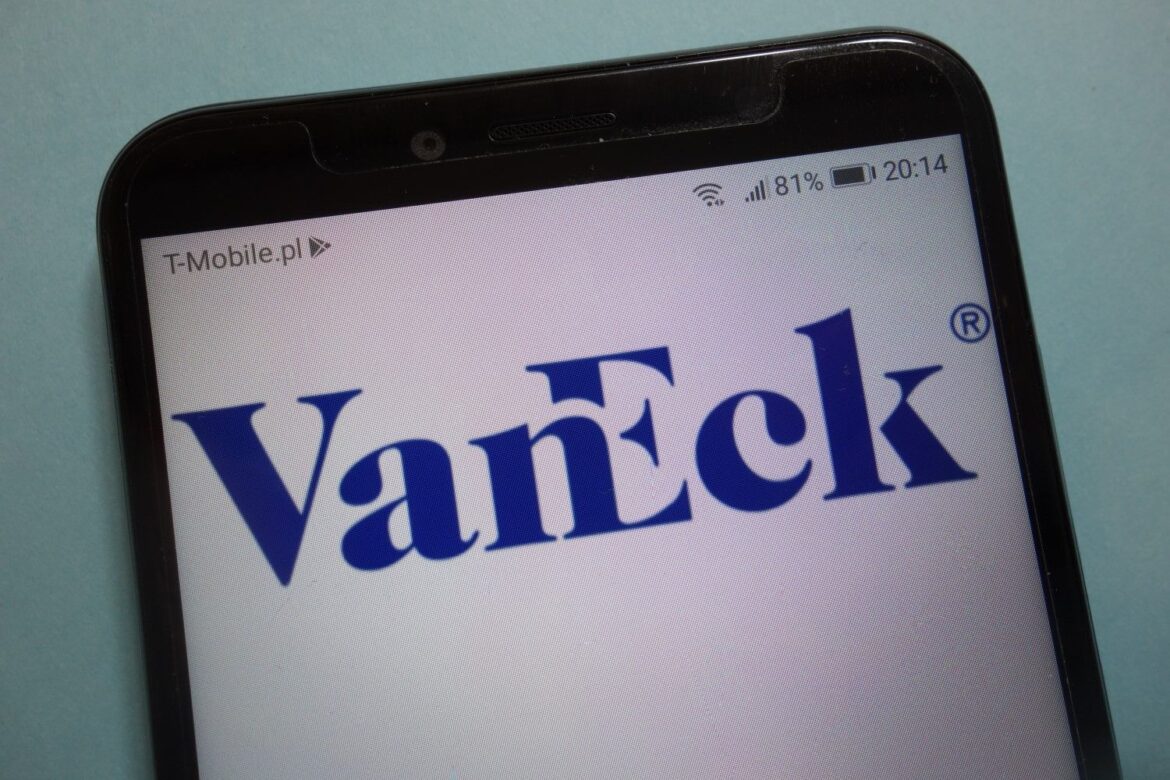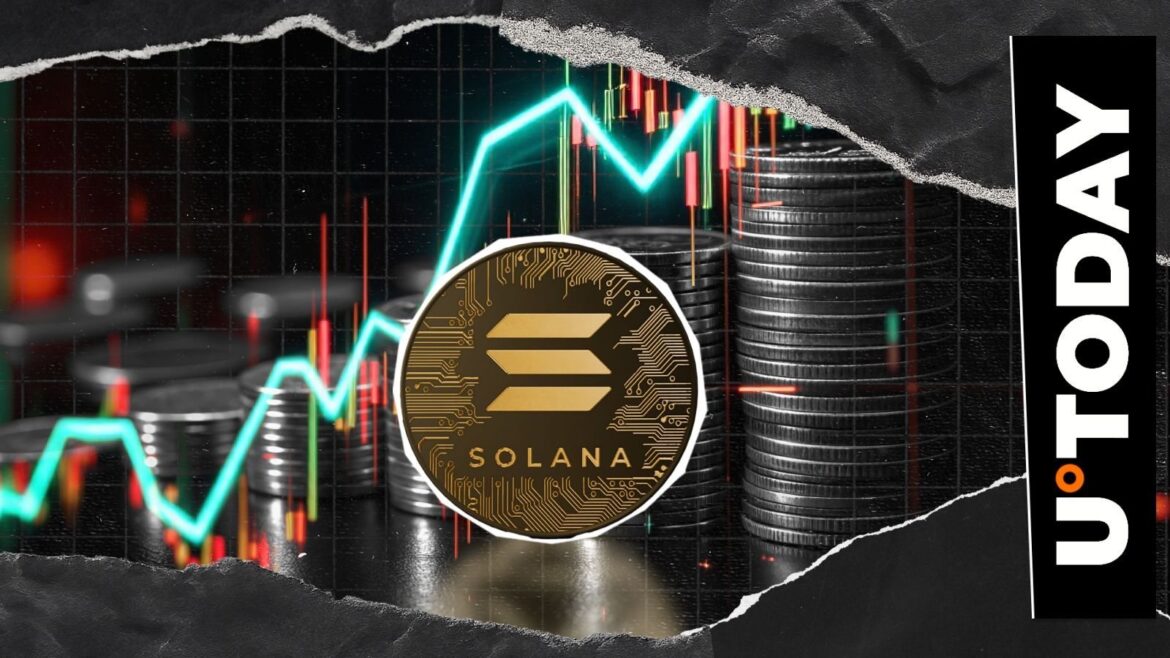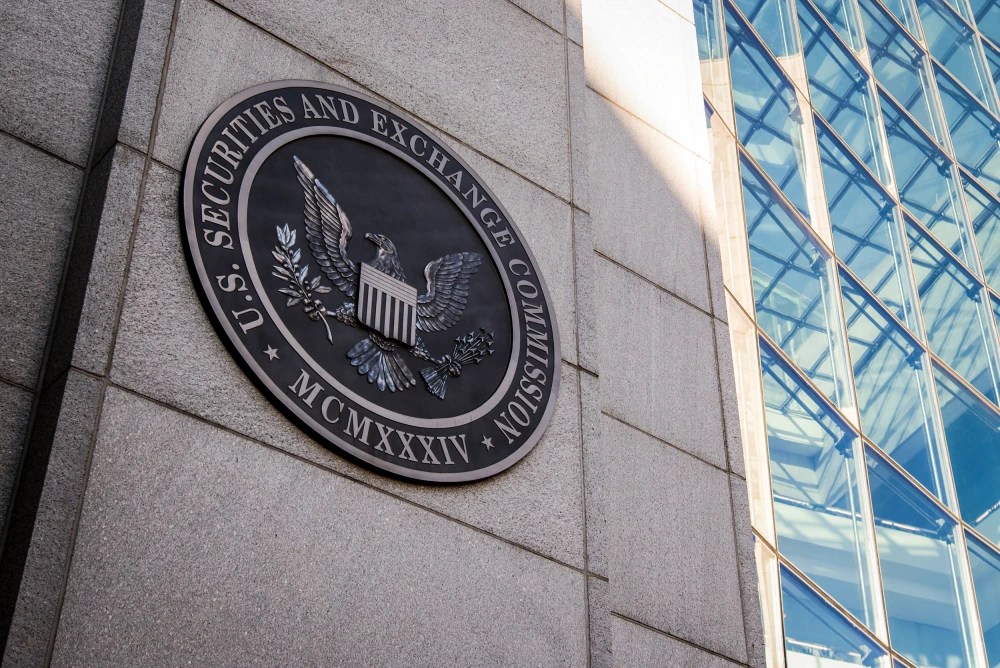Ethereum price is off to a strong start in October, fueled by the so-called ‘Uptober’ rally and surging inflows into exchange-traded funds, as it nears a crucial milestone.
Summary
- Ethereum price has formed a bullish flag pattern on the daily chart.
- The Murrey Math Line tool points to a jump to $5,625 soon.
- Ethereum ETFs are nearing the $15 billion cumulative inflows.
Ethereum ETF inflows near a major milestone
Ethereum (ETH) briefly crossed the $4,500 milestone after jumping by almost 20% from its lowest level in September. This rally may continue in the coming days, as it has formed a rare bullish flag pattern.
Data compiled by SoSoValue shows that spot Ethereum ETFs made a strong rebound this week. These funds saw over $1.3 billion in inflows, a sharp recovery after shedding $795 million in assets the previous week.
The ETFs have now recorded cumulative inflows of $14.42 billion—a figure that may surpass the $15 billion milestone next week if the trend continues.
BlackRock’s ETHA ETF holds the largest market share in the industry. It recorded $206.7 million in inflows on Friday, bringing its total assets under management to $17.8 billion. Fidelity’s FETH has $3.35 billion in assets.
Ethereum ETFs have gained strong momentum this year, supported by the ongoing crypto market rally that pushed Bitcoin (BTC) to a record high.
Inflows surged this week as investors turned to cryptocurrencies as safe-haven assets amid the government shutdown. They also increased following a report by ADP, which showed the labor market weakened in September—losing over 36,000 jobs—and raised expectations of interest rate cuts by the Federal Reserve.
Ethereum price technical analysis
ETH price chart | Source: crypto.news
The daily chart reveals that ETH has rebounded in recent days, rising from $3,800 in September to over $4,500. It broke through the key resistance level at $4,106, the highest point reached in December of last year.
The coin has now formed a bullish flag pattern, which resembles a hoisted flag. It includes a vertical rally followed by a descending channel that forms the flag portion.
The ETH price is now slightly below the upper boundary of the flag but remains above the strong pivot reversal indicated by the Murrey Math Lines tool.
Therefore, the coin will likely continue rising as bulls target the key resistance level at $5,000. A move above that level could signal further gains toward $5,625.










